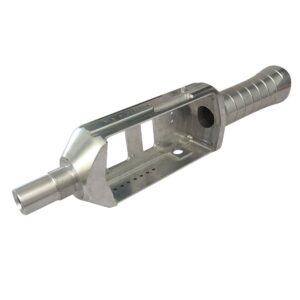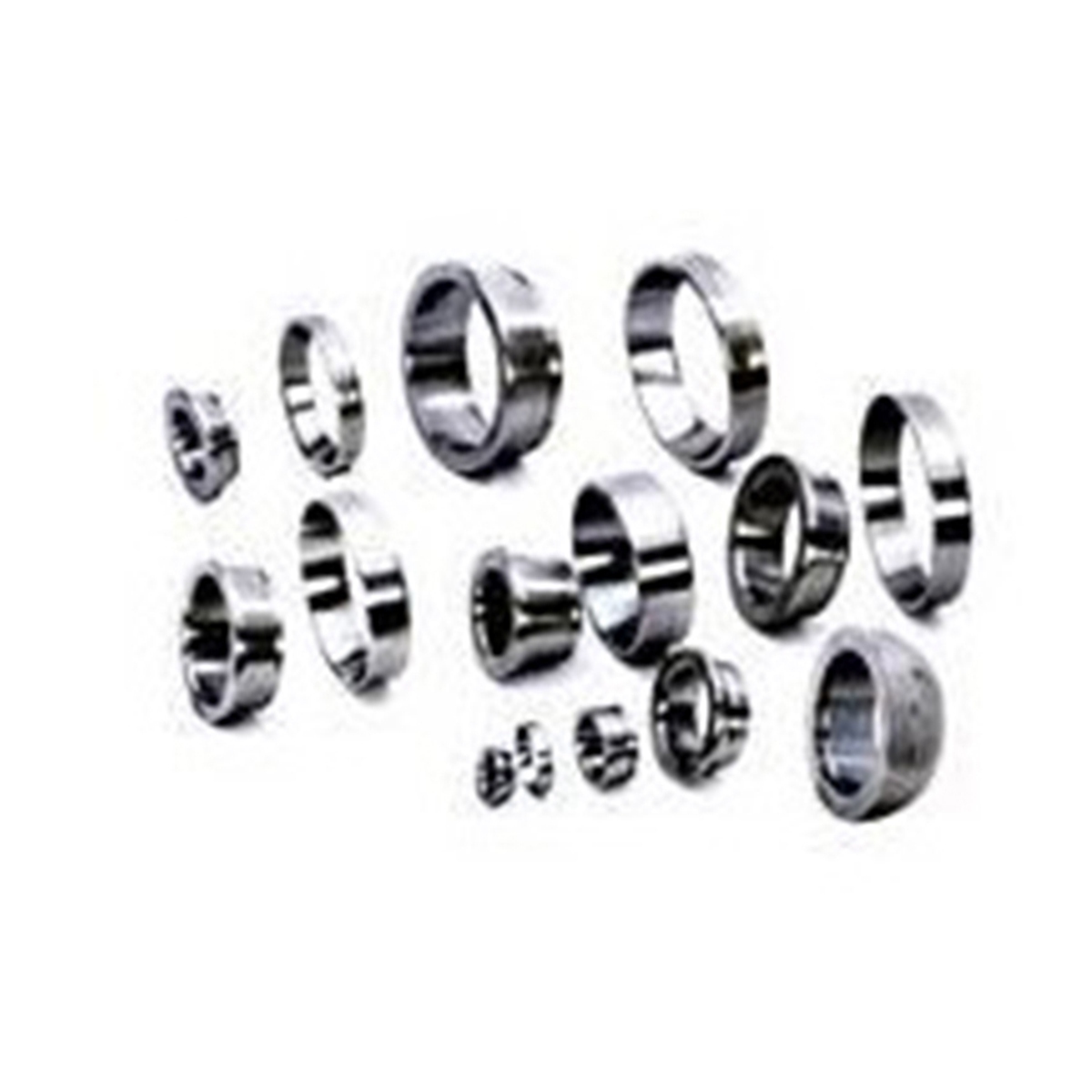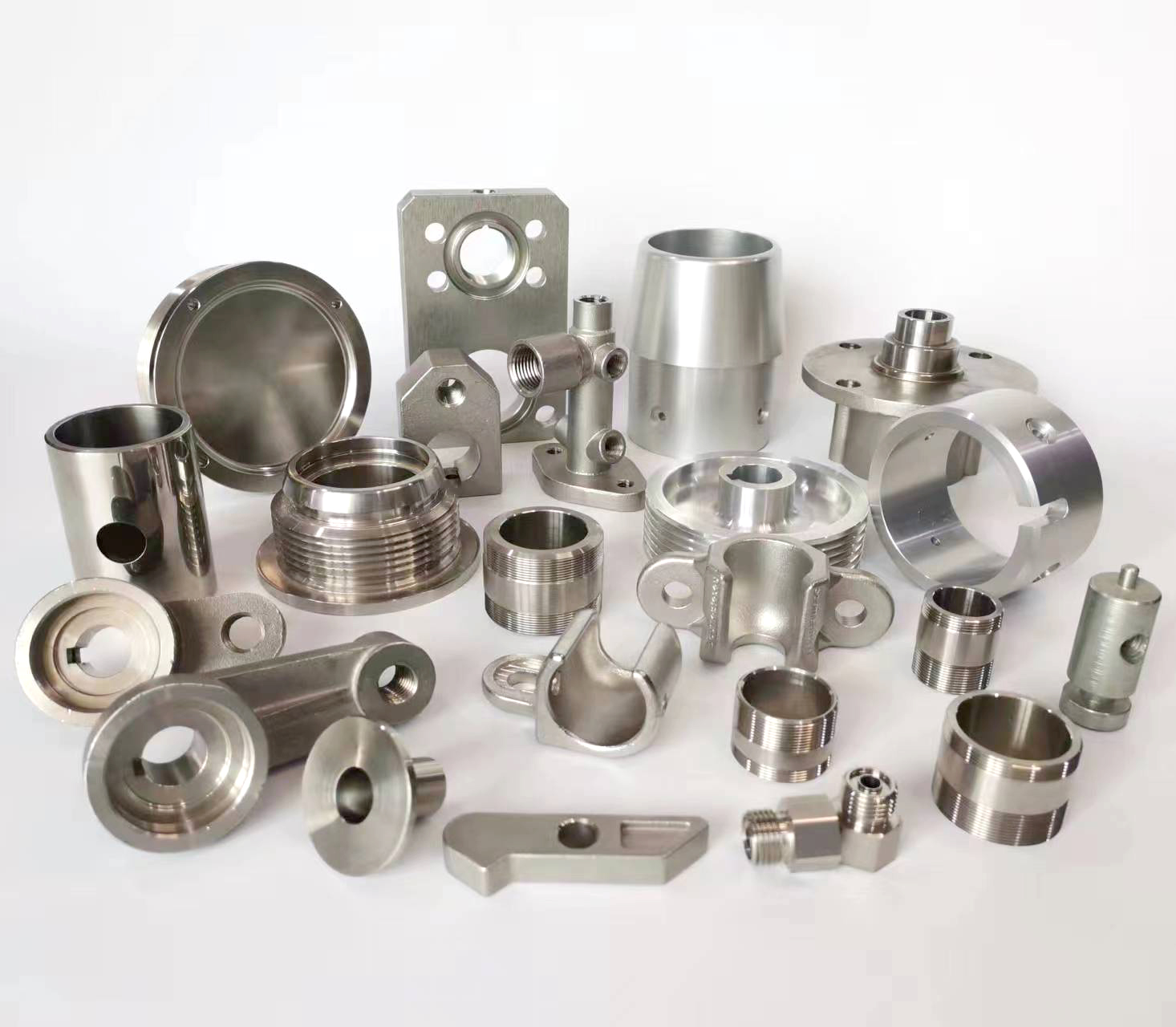
316L stainless steel is a low-carbon variation of the classic 316 alloy and is a cornerstone of the austenitic stainless steel family. Its “L” designation stands for “Low carbon,” which is the key to its enhanced properties. It is renowned for its exceptional corrosion resistance, excellent mechanical properties, and versatility across a wide range of demanding industries.
Here are the key advantages of 316L stainless steel, explained in detail:
1. Superior Corrosion Resistance
This is the most significant advantage of 316L, setting it apart from more common grades like 304/304L.
Molybdenum Addition: The primary differentiator is the addition of 2-3% Molybdenum. This element drastically increases the alloy’s resistance to pitting and crevice corrosion, especially in chloride-ion environments. This makes it indispensable for:
Marine Applications: Withstanding saltwater spray and immersion.
Chemical Processing: Handling various acids, brines, and other corrosive chemicals.
Coastal Structures: Resisting the corrosive atmosphere near the ocean.
Low Carbon Content (Max 0.03%): The reduced carbon content in 316L minimizes the formation of chromium carbides during welding or high-temperature exposure (sensitization). When these carbides form, they deplete the chromium in the grain boundaries, making the steel susceptible to intergranular corrosion. 316L is therefore the preferred choice for any fabricated structure requiring welding.
2. Excellent Weldability and Fabricability
316L is designed for manufacturing and construction.
Reduced Susceptibility to Weld Decay: As mentioned, its low carbon content prevents harmful carbide precipitation in the heat-affected zone (HAZ) of welds. This means welded joints retain their corrosion resistance and do not become weak points in the structure.
Good Formability: It can be readily formed and deep drawn using standard shop fabrication equipment, similar to other austenitic grades.
Excellent Toughness: It retains high toughness and ductility, even at cryogenic (very low) temperatures.
3. High Strength and Durability
While not a high-strength steel in the same category as martensitic grades, 316L offers an excellent balance of strength and ductility.
Good Mechanical Properties: It has a typical tensile strength of 485 – 620 MPa and a high elongation at break, meaning it can withstand significant deformation before failure.
Work Hardening: It can be strengthened through cold working processes (e.g., cold rolling, drawing), which increase its yield and tensile strength.
4. Hygienic and Easy-to-Clean Surface
The smooth, non-porous surface of 316L makes it ideal for applications where hygiene is paramount.
Sanitary Applications: It is the standard material for pharmaceutical processing equipment, food and beverage processing, and brewery fittings. Its surface resists bacterial adhesion and is easy to sterilize.
Biocompatibility: 316L is also widely used for certain medical implants and surgical instruments because it is generally biocompatible and non-reactive with bodily fluids.
5. Aesthetic Appeal
Beyond its functional benefits, 316L offers an attractive, modern appearance.
Architectural and Marine Design: It is extensively used for facades, railings, sculptures, and boat fittings. Its surface can be finished in various ways, including a classic mill finish, a reflective polished mirror, or a stylish brushed (satin) finish.
Retains Luster: Its high corrosion resistance ensures it does not rust or stain easily, maintaining its aesthetic appeal over time with minimal maintenance.
- Good High-Temperature Performance
316L exhibits better resistance to scaling and oxidation than many other stainless steels at elevated temperatures (up to ~800-900°C / 1470-1650°F). This makes it suitable for:
Furnace parts
Heat exchangers
Exhaust systems
Summary of Key Applications:
Marine & Offshore: Boat fittings, ship propellers, offshore platforms, desalination plants.
Chemical & Pharmaceutical: Reaction vessels, piping, storage tanks, valves.
Medical: Surgical implants, dental instruments, medical tubing.
Food & Beverage: Brewing tanks, food processing equipment, kitchen sinks.
Architecture & Construction: Coastal building facades, railings, window fittings.
Water Treatment: Pipework and components in water with high chloride levels.
In conclusion, 316L stainless steel’s primary advantage is its superior and reliable corrosion resistance in harsh environments, combined with its excellent weldability. This unique combination of properties makes it a premium, cost-effective solution for critical applications where failure due to corrosion is not an option.





